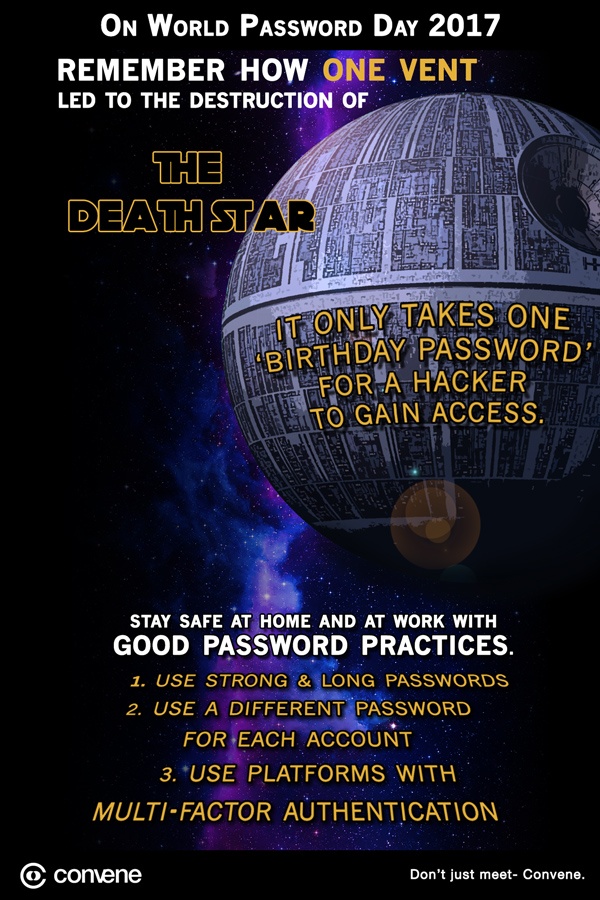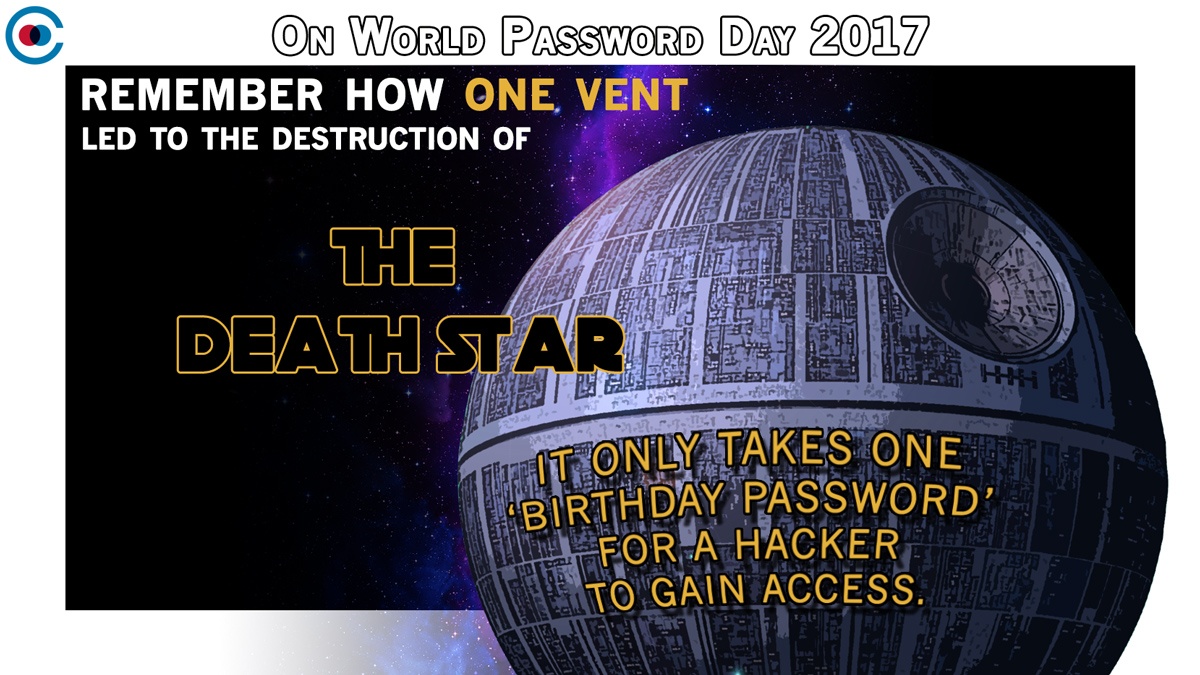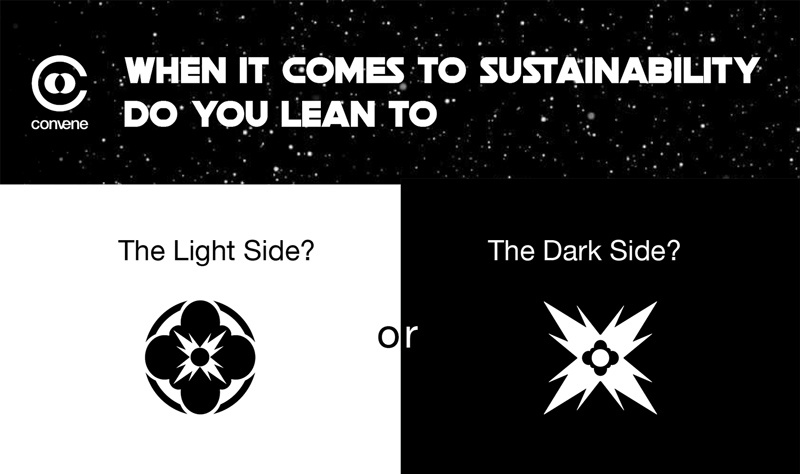This year, World Password Day falls on May 4th. To many people, understanding online security can feel like dealing with issues in a galaxy far, far away. So today we are going to quickly look into multi-factor authentication.
Multi-factor authentication (or MFA for short) combines two or more independent criteria to create a layered line of defence for online platforms, digital devices and databases.
This is usually comprised of: what the user knows (passwords), what the user has (a mobile device), and what the user is (biometric infomation). Time and location factors can also be used for administrators to determine whether an account has been compromised.
Think of MFA like the defence structures of medieval forts. Outer walls could take a beating and would require effort to get through. An invading army would then have to get through a second wall while being showered with a hail of arrows or boiling oil. Or they could even face a series of narrow corridors where their numbers had little effect.
The most common types of MFAs we encounter today are: phone numbers, single use codes and finger-print scanning. Using these addition methods of authentication will ensure that a hacker has either exhausted their resources or has triggered built-in security measures, before they can get hold of important information.
At Convene, we pride ourselves on our security measures. Mainly because they always please the discerning eyes of IT Managers while also making security simpler for our users. Find out more about our board portal security here.
Now go forth and spread the word about good password practices with this nifty infographic.
If you are sharing this on social media, don’t forget add #ConveneTheForce to win some great prizes.










